Betta Enisae Pair – Rare, Captive-Bred Mouthbrooders from Borneo
RM150.00
Only 1 left in stock
Discover Betta Enisae pair: The Hidden Gem of Borneo
Originating from the shaded forest streams of the Kapuas River basin in West Kalimantan, Indonesia, Betta enisae is a captivating species known for its unique mouthbrooding behavior and subtle beauty. Males exhibit a brilliant blue slash on their anal and caudal fins, a feature that distinguishes them from other members of the Betta pugnax complex .
These captive-bred pairs have been carefully selected for health and compatibility, ensuring a smooth transition into your aquarium. Their peaceful nature makes them suitable for community tanks with other non-aggressive species.
Species Profile:
Scientific Name: Betta enisae
Common Name: Enisa’s Betta
Size: Up to 5.9 cm (2.3 inches)
Temperament: Peaceful
Origin: Kapuas River basin, West Kalimantan, Indonesia
Care Level: Intermediate
Breeding Method: Paternal mouthbrooding
Why Choose This Betta enisae Pair?
✅ Captive-bred & acclimated to aquarium conditions
✅ Selected for health and compatibility
✅ Peaceful and ideal for soft-water community setups
✅ Unique mouthbrooding behavior
✅ Distinctive coloration with brilliant blue fin highlights
Ideal Aquarium Setup
Tank Size: Minimum 10 gallons for a pair
Water Parameters: pH 5.5–6.8; soft water preferred
Temperature: 24–27°C (75–81°F)
Filtration: Gentle sponge filter or low-flow filtration
Lighting: Subdued lighting with floating plants to diffuse light
Aquascaping Tips: Incorporate driftwood, leaf litter, and dense vegetation to mimic natural habitat
Tankmates: Small, peaceful fish; avoid aggressive or overly active species
Feeding Betta enisae
In their natural habitat, Betta enisae feed on insects and small invertebrates. In captivity, they thrive on a varied diet:
Live foods: Daphnia, brine shrimp, bloodworms
Frozen foods: Bloodworms, Artemia
High-quality pellets: Betta-specific floating pellets
Feed small portions once or twice daily, ensuring all food is consumed to maintain water quality .
Breeding Insights
Betta enisae are paternal mouthbrooders. After spawning, the male incubates the eggs in his mouth for approximately 12–18 days, depending on water temperature. To encourage breeding:
Maintain optimal water conditions with soft, slightly acidic water
Provide ample hiding spots and subdued lighting
Minimize stress by avoiding sudden changes in the environment
Successful breeding can result in the male releasing fully formed, free-swimming fry, which can be raised alongside the parents or in a separate rearing tank .
📦 Shipping & Guarantee
Our Betta enisae pairs are shipped with care to ensure their health and safety:
Live Arrival Guarantee
Health-certified before shipping
Secure, insulated packaging with temperature control
🙋♀️ Frequently Asked Questions
Are these Betta enisae wild-caught or captive-bred?
These are captive-bred specimens, acclimated to aquarium conditions for easier care and better adaptability.
Can they live in a community tank?
Yes, with other small, peaceful fish that thrive in similar water conditions. Avoid aggressive or fast-moving species.
How do I encourage breeding?
Maintain soft, slightly acidic water, provide hiding spots, and ensure a stress-free environment with stable temperatures.
Do they require special lighting?
Subdued lighting is preferred, mimicking their natural, shaded habitat. Floating plants can help diffuse light.
What size tank is best for a pair?
A minimum of 10 gallons is recommended for a pair, with larger tanks needed for groups.
Are they aggressive?
Betta enisae are generally peaceful, but males can become territorial during breeding. Monitor interactions and provide ample hiding spaces.
🛒 Order Your Betta enisae Pair Now
Experience the unique charm of Betta enisae in your aquarium. With their captivating behavior and peaceful nature, they make a delightful addition for aquarists seeking something special. Limited pairs available – secure yours today!
| Weight | .8 kg |
|---|---|
| Dimensions | 29 × 20 × 17 cm |
Only logged in customers who have purchased this product may leave a review.
Related products
All Products
Live Fish and Invertebrate Sales
Select and Buy Live Fish from Our Stream | Watch Live and Choose Today
Show Betta Fish
Hybrid & Wild Betta Fish
Hybrid & Wild Betta Fish
Betta Rubra Pair – Rare Mouthbrooding Betta with Striking Color for Soft-Water Setups
Fish Food
🔥 TikTok Live Exclusive Promo – Limited Betta Fish Deals + Free Shipping in Peninsular Malaysia!
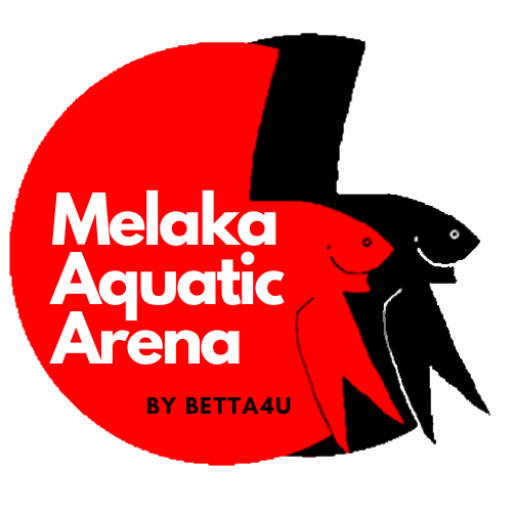










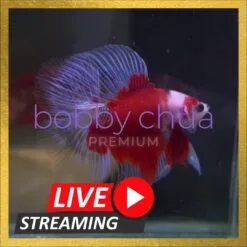

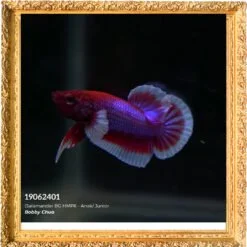



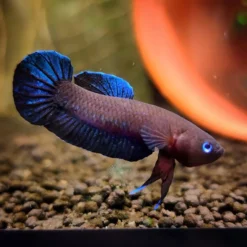

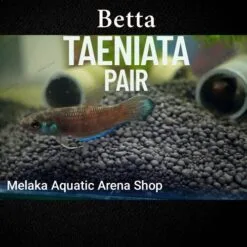

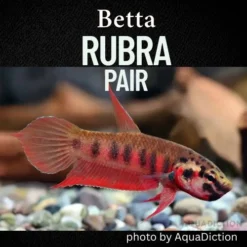



Reviews
There are no reviews yet.